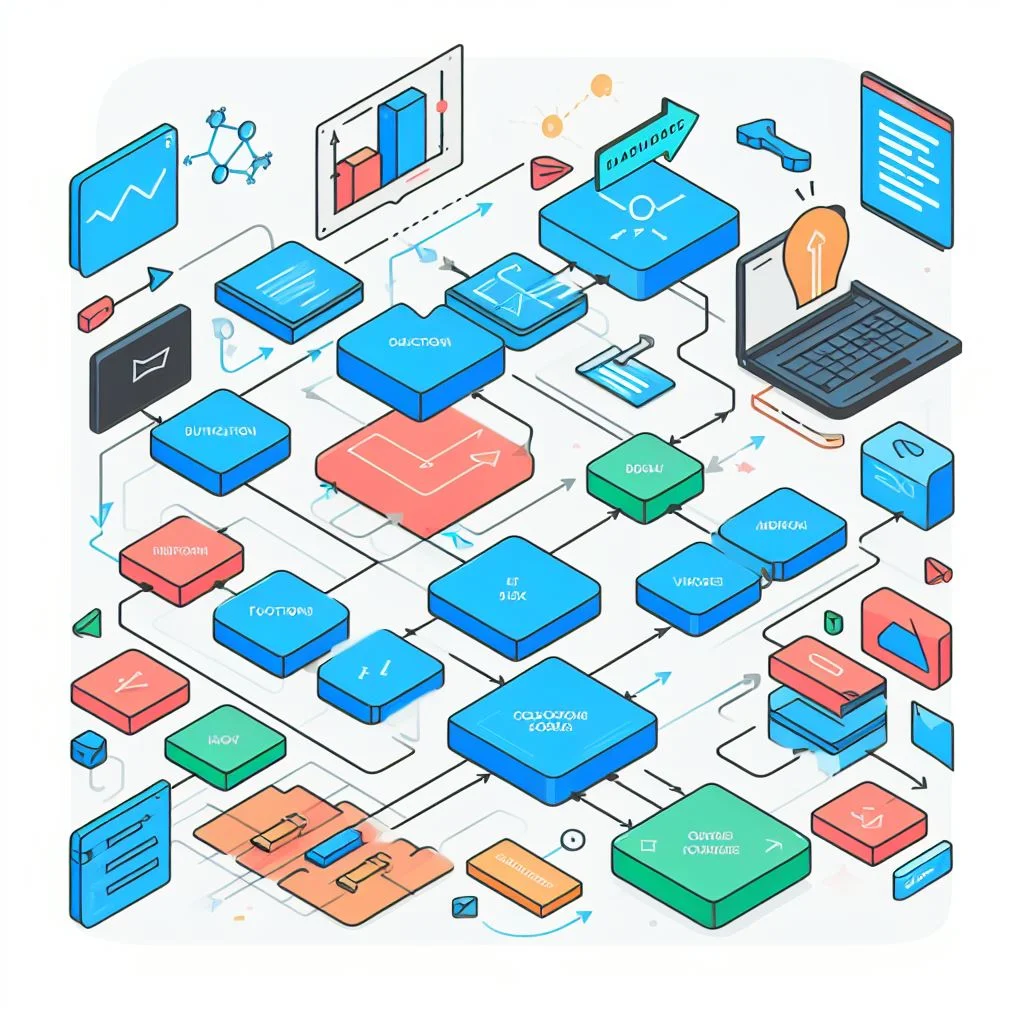Elevating Software Performance: Advanced Debugging Strategies
In the sphere of software development, optimizing performance is a vital concern. A software’s smooth operation hinges on how effectively it’s debugged. Despite the complexity of this process, understanding advanced debugging strategies can significantly enhance your software’s performance.
And when it comes to software innovation and advancement, looking towards a Relevant company can offer valuable insights. So, let’s check the most advanced debugging strategies:
Profiling for Performance
One of the first steps in elevating software performance is profiling. This approach entails a thorough analysis of your software to pinpoint areas where performance lags, commonly known as bottlenecks. Using profilers, you can gain an overview of your program’s execution, highlighting parts that use too many resources. Concentrating on these specific areas allows for targeted code optimization, leading to enhanced overall performance.
Automated Debugging Tools

Automation is changing the face of debugging. Automated debugging tools can detect, diagnose, and sometimes even rectify issues without human intervention. Using this method not only accelerates the debugging procedure but also significantly cuts down on the chances of mistakes that can occur due to human oversight. Embracing automation can thus significantly boost your software’s efficiency.
Version Control Insights

Understanding changes made over time through version control systems can be incredibly enlightening. Tools like Git allow developers to track changes and pinpoint when and where a problem was introduced. This historical insight is invaluable for understanding how new code can affect software performance.
Memory Leak Detection
Memory leaks can cripple software performance. Detecting and fixing these leaks is crucial. Tools designed for memory leak detection can help identify where your software is improperly allocating and failing to release memory. Addressing these issues can greatly enhance your application’s efficiency.
Real-time Debugging
Real-time debugging involves examining the software as it runs. This method provides the advantage of observing the impact of modifications on the software in real time, presenting insights that differ from those gained through static code analysis. It’s a dynamic way to address issues as they arise and prevent potential performance bottlenecks.
User Experience Feedback
Incorporating feedback from end-users can offer insights that automated tools might miss. User experiences can highlight issues in software usability or performance from a practical standpoint. Such feedback is essential for refining your software, ensuring it aligns with the practical needs of users.
Continuous Integration and Deployment (CI/CD)
Implementing CI/CD practices allows for ongoing testing and deployment. The regular rhythm of integrating and testing ensures quick identification and resolution of bugs, keeping the performance consistently high. It reflects a continuous dedication to maintaining quality and efficiency in the software.
Collaborative Debugging
Encouraging a collaborative approach to debugging can yield surprising benefits. When multiple developers scrutinize code, they bring different perspectives and expertise, often leading to more efficient problem-solving. This teamwork can uncover issues that might otherwise go unnoticed.
Cross-platform Testing
In today’s diverse device landscape, ensuring your software performs well across different platforms is crucial. This involves rigorous testing in various environments to ensure compatibility and performance. Cross-platform testing prevents platform-specific bugs that can degrade user experience.
Learning from Failures
Lastly, adopting a mindset that views bugs and performance issues as learning opportunities can be transformative. Every bug you come across presents an opportunity to enhance not only your present project but also your broader software development strategy.
In a nutshell
To wrap it up, boosting software performance is not a one-dimensional task. It involves a combination of various tactics, from in-depth profiling and using automated tools to valuing user feedback and team collaboration.
These tactics play a pivotal role in aiding developers not just to develop software that works but also excels in its performance, ensuring users enjoy a seamless and efficient experience. Keep in mind that achieving outstanding software performance is an ongoing process that demands commitment, creativity, and a readiness to tackle fresh challenges.